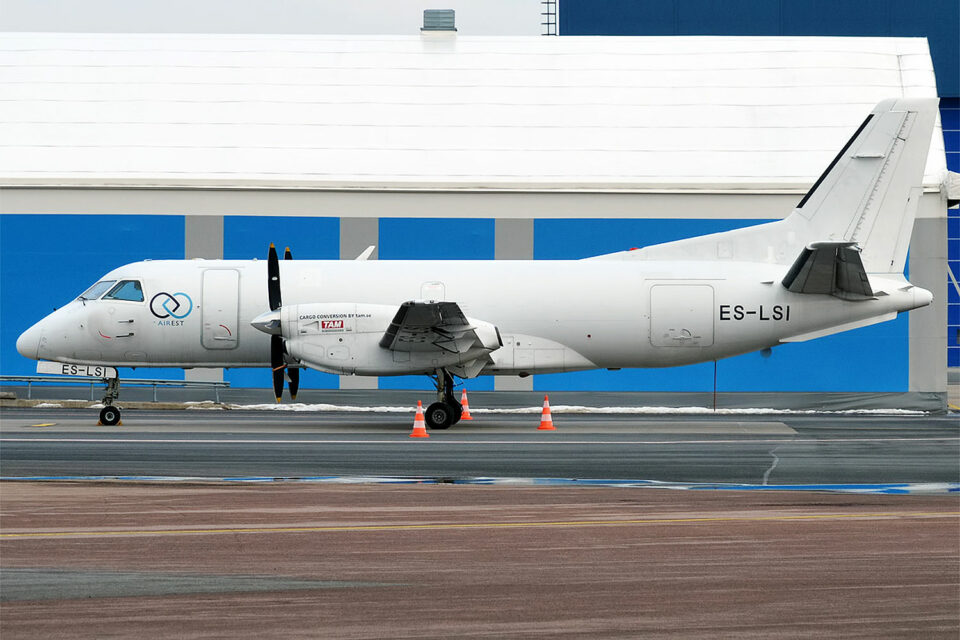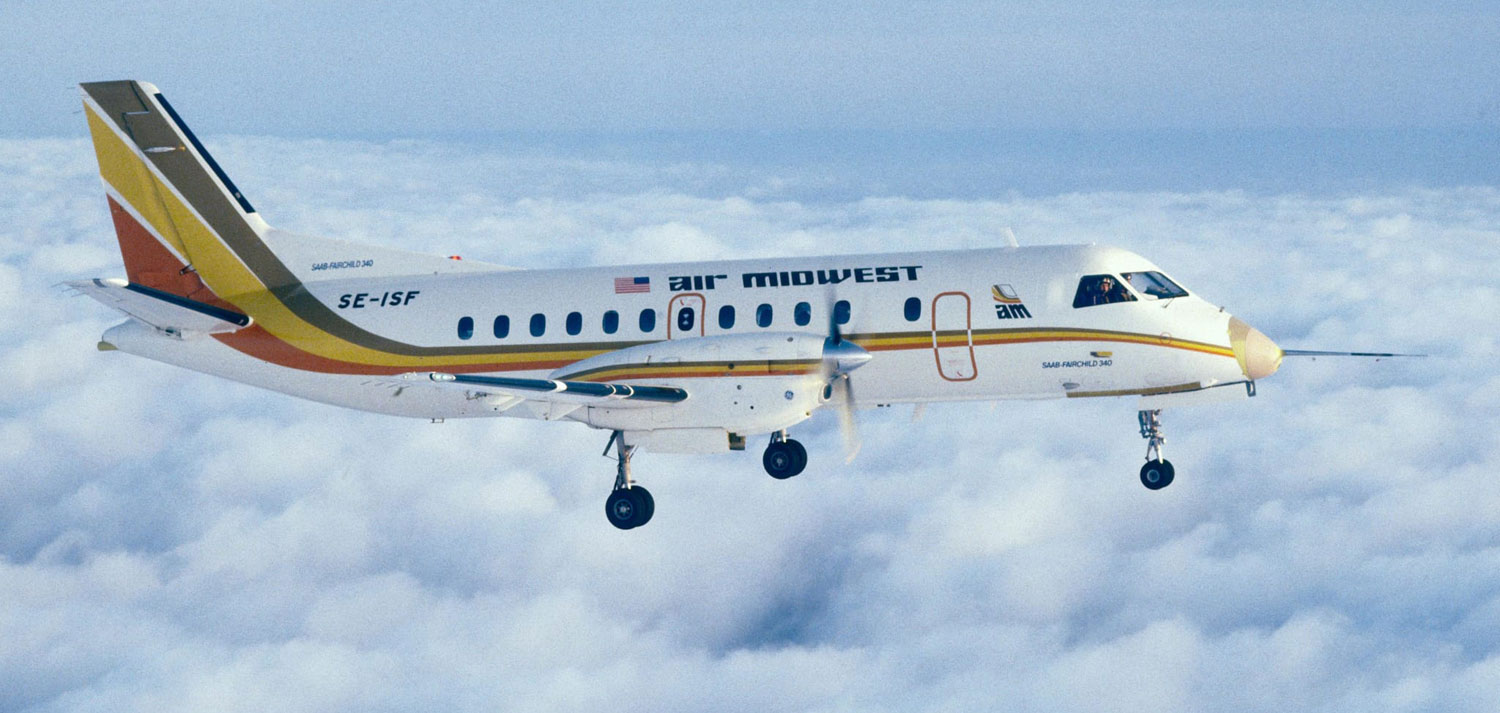Best known for its family of fighter jets, Saab has had a significant career in commercial aviation. After launching the twin-engine Scandia piston engine in the 1940s, the Swedish company only returned to the segment more than three decades later with the Saab 340.
Follow ADN: Facebook | Twitter
Turboprop designed for the regional market, the plane completed 40 years of its first flight on January 25, at the time still called SF340, due to the partnership with Farchild.
The twin-engine was designed to take advantage of the growth of the commuter market in the United States, which until then depended on adapted smaller turboprops.
The 340 offered a pressurized cabin for 34 passengers and was powered by GE CT7-9B engines, derived from the T700 used in the Black Hawk helicopter.
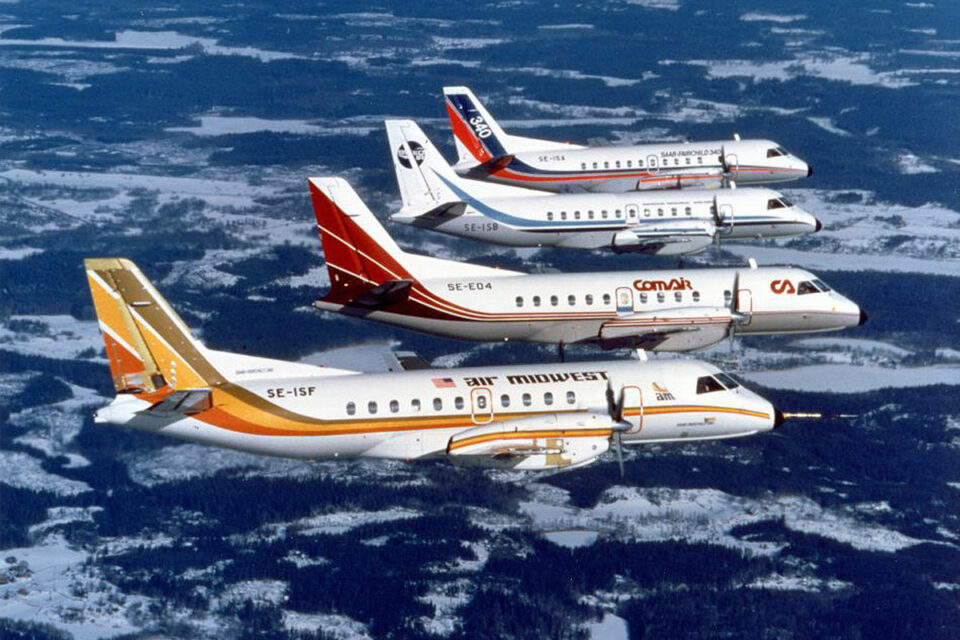
Studies began in the mid-1970s and in 1980 Saab entered into a partnership with Farchild, a US manufacturer that operated in the civil segment.
Drawing on its experience with fighters such as the Draken and Viggen, Saab proposed building the turboprop with a diffusion bonding technique instead of the traditional rivet, which resulted in lower fuselage weight.
Pope on board
The first flight took place on January 25, 1983, a freezing winter Tuesday in Tannefors, Sweden, and lasted 81 minutes.
The aircraft with SE-ISF registration had a fuselage with the painting of two of the first customers, the Swiss regional company Crossair on the left side, and Air Midwest on the right side.
This is how the first SF340 was presented at the Paris Air Show in 1983, but the following year, in Farnborough, the turboprop already exhibited another livery, by Comair, from the US.
Entry into service took place in June 1984 with Crossair having an illustrious first passenger, Pope John Paul II, who decided to remain in the cockpit during the landing of the debut flight.
In 1985, Farchild left the partnership after 40 aircraft were delivered and Saab started calling the plane just “340”.
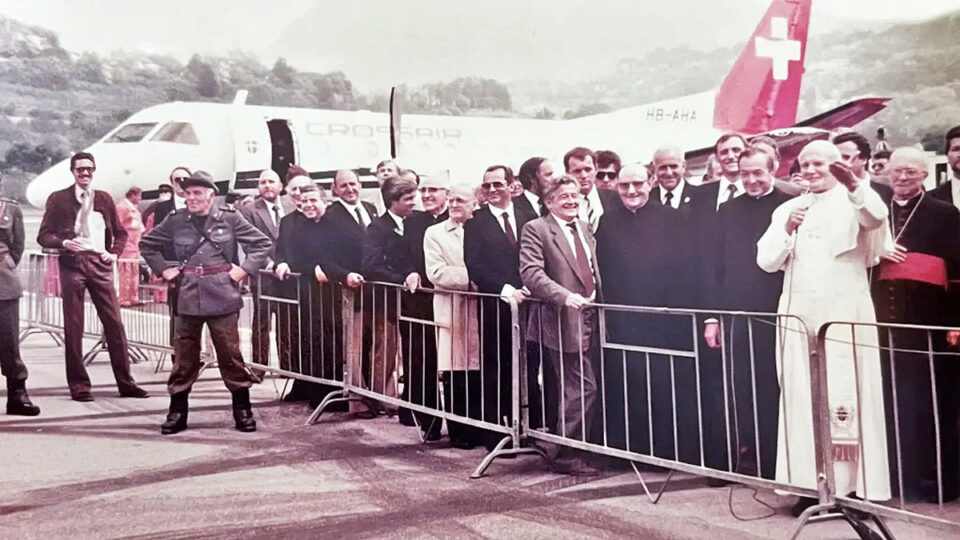
At that time, Embraer was also preparing to compete with the Saab 340, thanks to the EMB 120 Brasilia, with 30 seats, but development was a little further behind, having performed the first flight of the aircraft in July 1983, with the entry into service only taking place in October 1985.
Competition for customers, especially in the US, was fierce, with both manufacturers announcing important orders. The performance of the Saab 340 and the EMB 120 were quite different despite their similar appearance.
While the Brazilian plane was quite fast, the Swedish rival proved to be a more predictable and solid aircraft, according to reports from pilots who flew both. In addition, the 340 had greater passenger capacity and a slightly more spacious cabin.
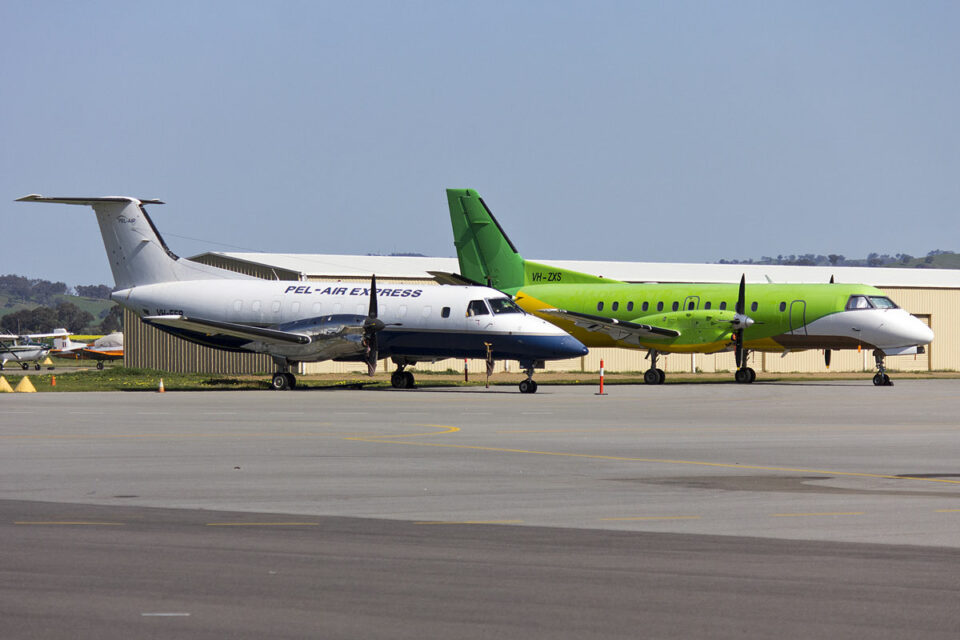
Next move
Saab ended up victorious with the 340, which had 459 aircraft produced against 357 Brasilia. Embraer’s answer, however, came in the next generation of regional aircraft.
While the Swedish manufacturer preferred to develop a larger and more modern version of the turboprop, the Saab 2000, the Brazilian company envisioned greater potential for a regional jet, launching the ERJ 145 in the 1990s.
Embraer’s master move ended up making it a reference in this market, while Saab decided to end production of civil aircraft.
Despite this, the Saab 340 remains a turboprop much admired for its safety and endurance. More than half of the aircraft produced continue to fly regularly, many of them converted to cargo, with a reliability rate of over 99%, according to their manufacturer.
